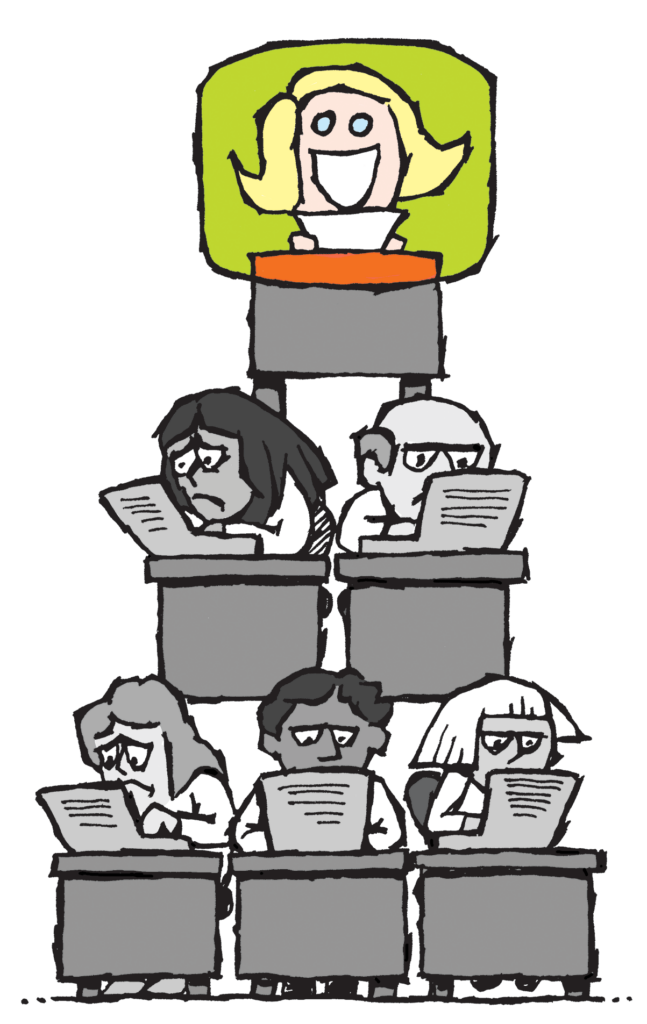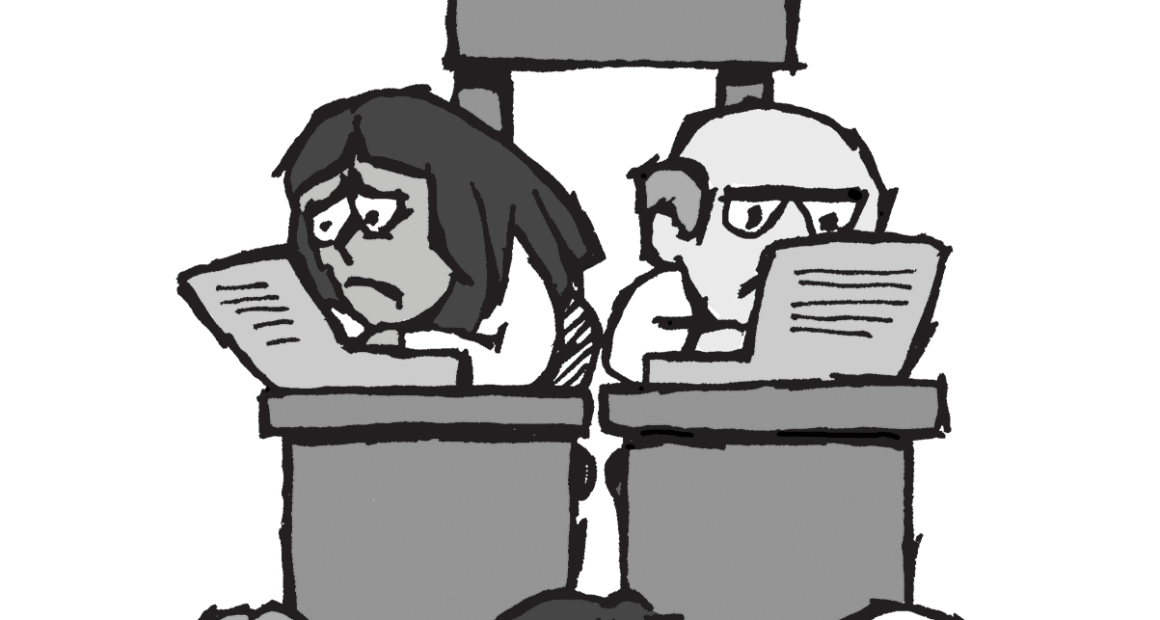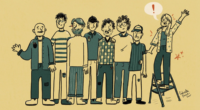Hollywood loves a dramatic newsroom—here’s what it gets wrong

If you’ve ever watched The Newsroom or The Morning Show and thought, “Wow, journalism looks thrilling,” you wouldn’t be alone. Fast-paced newsrooms, dramatic interviews, and high-stakes ethical dilemmas make for compelling television. But these depictions raise an important question: how much of this is real, and how much is entertainment?
Hollywood tends to bend the truth, especially when depicting how everyday industries function, from law (Suits) to medicine (Grey’s Anatomy). Journalism is no different. In HBO’s wildly popular series Succession, the news media are powerful, deeply corrupt, and cutthroat. Vendettas, corporate interests, and political alliances drive them. While the show’s depiction of journalism is somewhat realistic, it skips the less glamorous side of the job. Hadiya Roderique, assistant professor of journalism studies at the University of Toronto, has seen how these portrayals shape perceptions about the industry. “Most of journalism is not these intense, dramatic moments. It’s sitting at your desk, researching, sending emails, sending emails that don’t get answered, sending follow-up emails.”
Gripping television glosses over the slow, grinding process of breaking a story. That disconnect is important to public perception of the industry because these depictions don’t just exaggerate journalism—they idealize it. As CBC News’ senior entertainment reporter Eli Glasner says, “If The West Wing was a fantasy of how Washington should work, The Newsroom is what the news should have told us. The mixture of righteousness and intellectual sword fighting is intoxicating, but it does short shrift the gradual accumulation of detail it sometimes takes to break a story.”
That matters for the public and for journalists. Nana aba Duncan, associate professor and Carty Chair in journalism and diversity, equity, and inclusion studies at Carleton University, says fictional media representations influence how audiences, including journalists, understand how reporters are supposed to look and sound. “It comes out sometimes in radio, in terms of how people think they’re supposed to sound,” she says. “We have to be careful about trying to emulate the folks on-screen.”
More broadly, if the public sees journalism as a whirlwind of breaking scandals and rousing monologues in bustling newsrooms, it may distort trust in the media. Television journalism will always be more entertaining than the real thing—real newsrooms have budget constraints and fact–checking, not soaring theme music.
About the author
Lyle is in his final year of his Bachelor of Journalism. With a passion for sports and mental health, he has written about the perils involved with fandom in the past. He is currently interning at Scythia Films, doing script coverage and helping them make great stories come to life. When he’s not working, Lyle enjoys spending time with friends/family, travelling and watching movies.



